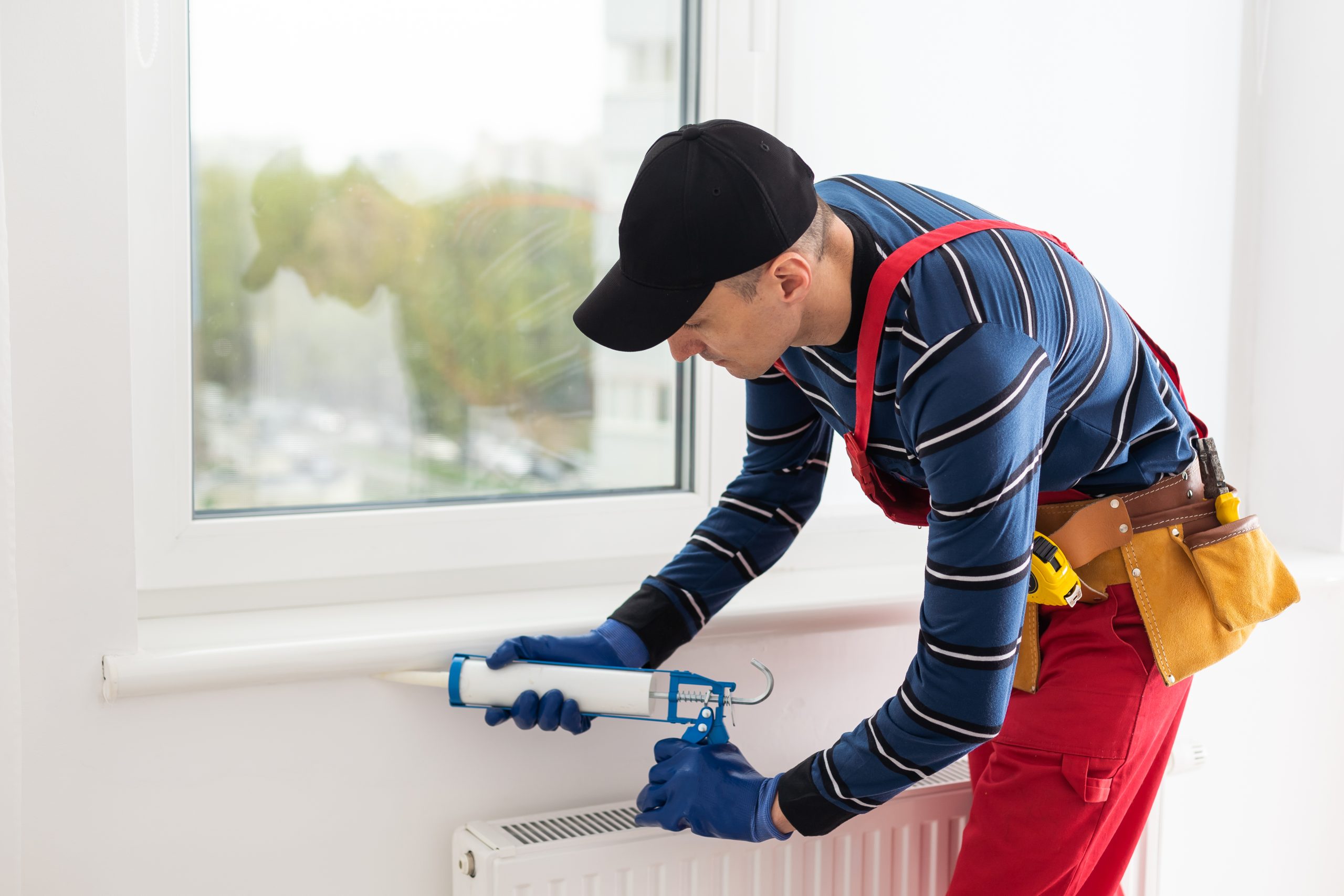If you want to prevent drafts, block moisture, and improve your home’s energy efficiency, knowing where to caulk windows is essential. Sealing the right areas ensures that your home stays comfortable and protected year-round. Whether you’re doing a DIY job or planning to book a home window caulking service, this checklist will guide you through which parts of a window should be caulked—and which ones you should avoid.
Why Window Caulking Matters
Gaps around your windows can let in water, air, insects, and even mold. Caulking helps create a strong seal that protects your window frame and your home. With the right sealant for window frame joints, you can extend the life of your windows and cut energy bills.
Caulking Checklist: Where to Seal Around Your Windows for Best Results
Use this simple checklist to target the most important areas around your windows:
- Exterior Window Trim
Apply caulk where the window trim meets the siding. This stops rainwater from seeping behind the frame and prevents wood rot. Many homeowners schedule exterior window caulking to tackle this. - Window Frame Joints
These are the seams where different parts of the frame meet. Professional caulking for window leaks often starts here, as these joints are common sources of air infiltration. - Top and Side Edges (Not the Bottom)
Caulk along the top and both vertical sides of the window exterior, but never the bottom weep holes—they’re there to let water drain out. Knowing where not to caulk around windows helps prevent water damage. - Interior Trim Gaps
Caulk between the interior window casing and the wall. This keeps cold air out and helps maintain indoor comfort. - Window Sills and Aprons
Check underneath the sill and along the apron for gaps. You can order window sill caulk that’s designed to handle high-moisture zones. - Mitered Corners on Trim
These angled joints are often overlooked. Sealing them can stop hidden drafts and finish the job neatly.
What to Avoid When Caulking Windows
Avoid sealing:
- Weep holes at the bottom of the window (important for drainage)
- Moving parts of the window sash
- Between storm windows and primary windows unless instructed
Doing it wrong can trap water and lead to mold, so many homeowners hire window sealing professionals near me to get the job done right.
Best Practices for Window Caulking
- Always clean the area before applying caulk
- Choose the best sealant for window frame joints—usually a paintable, exterior-grade silicone or polyurethane
- Apply a smooth, even bead and tool it for a tight seal
- Use a window caulking checklist PDF download as a quick reference for future touch-ups
How Caulking Helps Your Home
By sealing the right areas:
- You reduce heating and cooling costs
- You block water from damaging the frame and wall
- You improve your indoor air quality by reducing drafts and dust
Homeowners in Oshawa, Ajax, Pickering, and Toronto looking to stop air leaks and improve energy efficiency can get a quote for window frame caulking from trusted local pros.
Need Help?
If you’re unsure about where to apply caulk or need professional tools and products, it’s smart to book home window caulking service or schedule exterior window caulking with Kettle Contracting. We serve homes across Ontario with expert sealing services that keep your windows tight and your home protected.
Call Kettle Contracting today to get a free quote and seal the deal on a more comfortable, energy-efficient home!
Authority & Citations:



